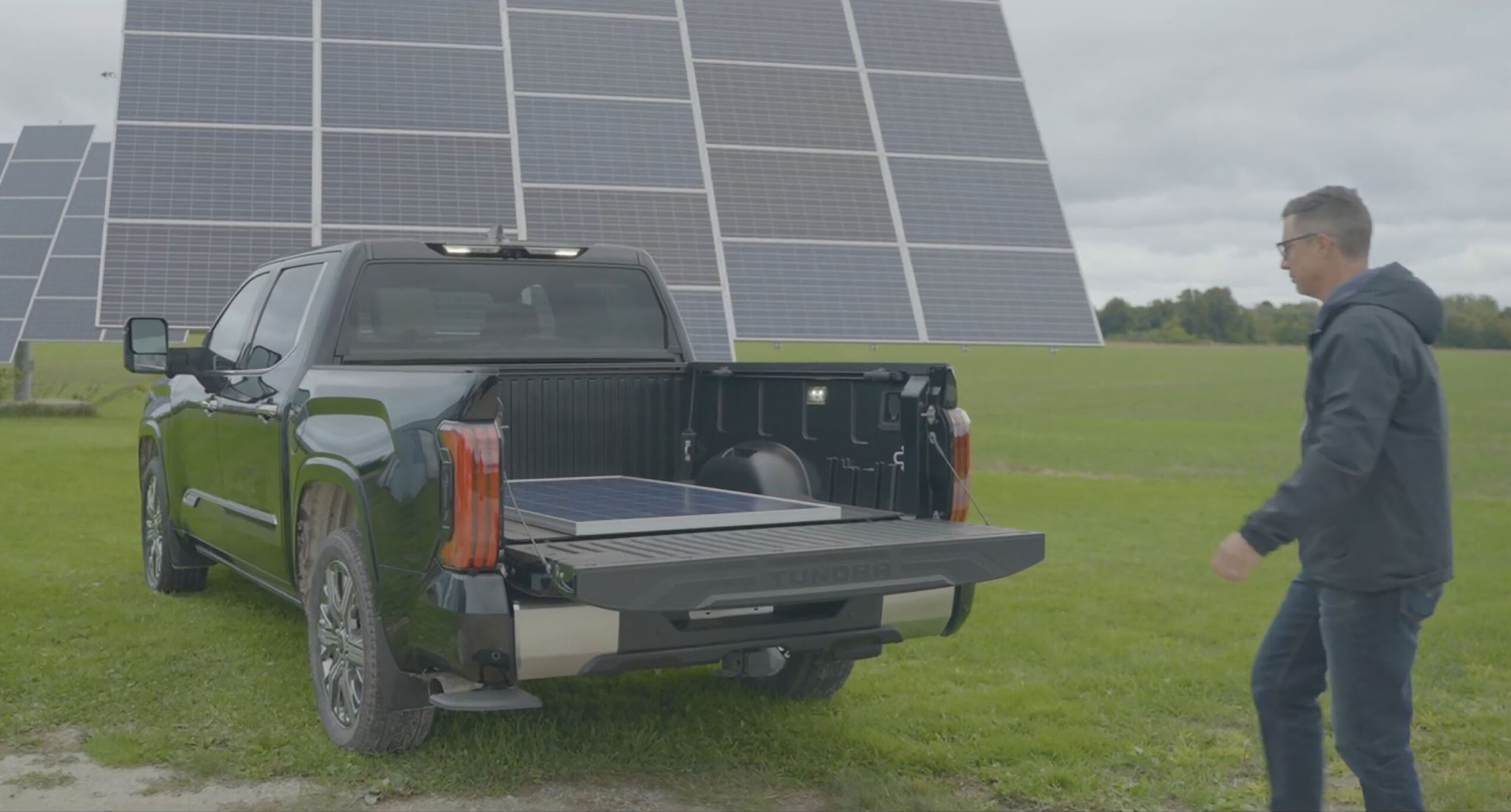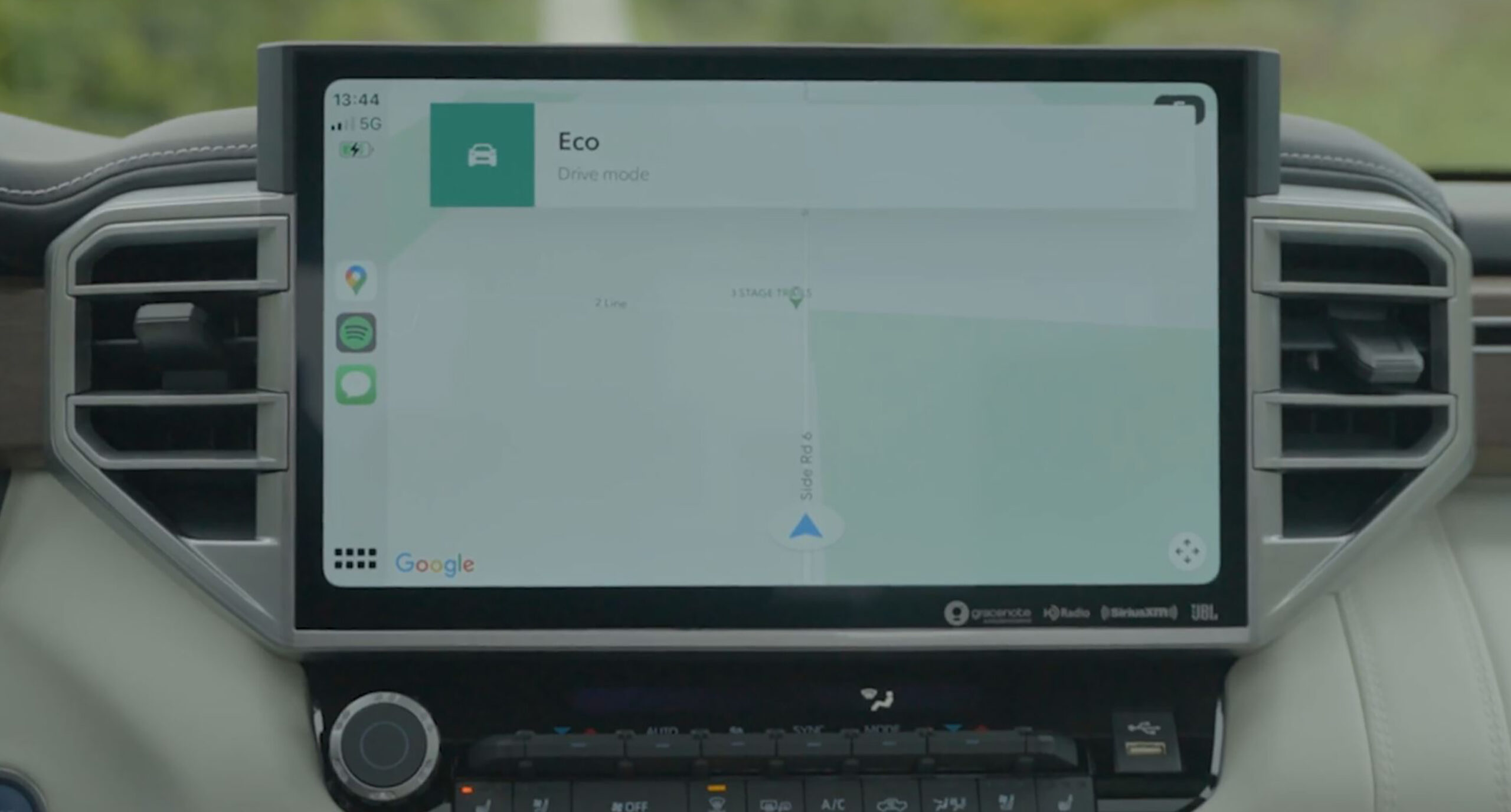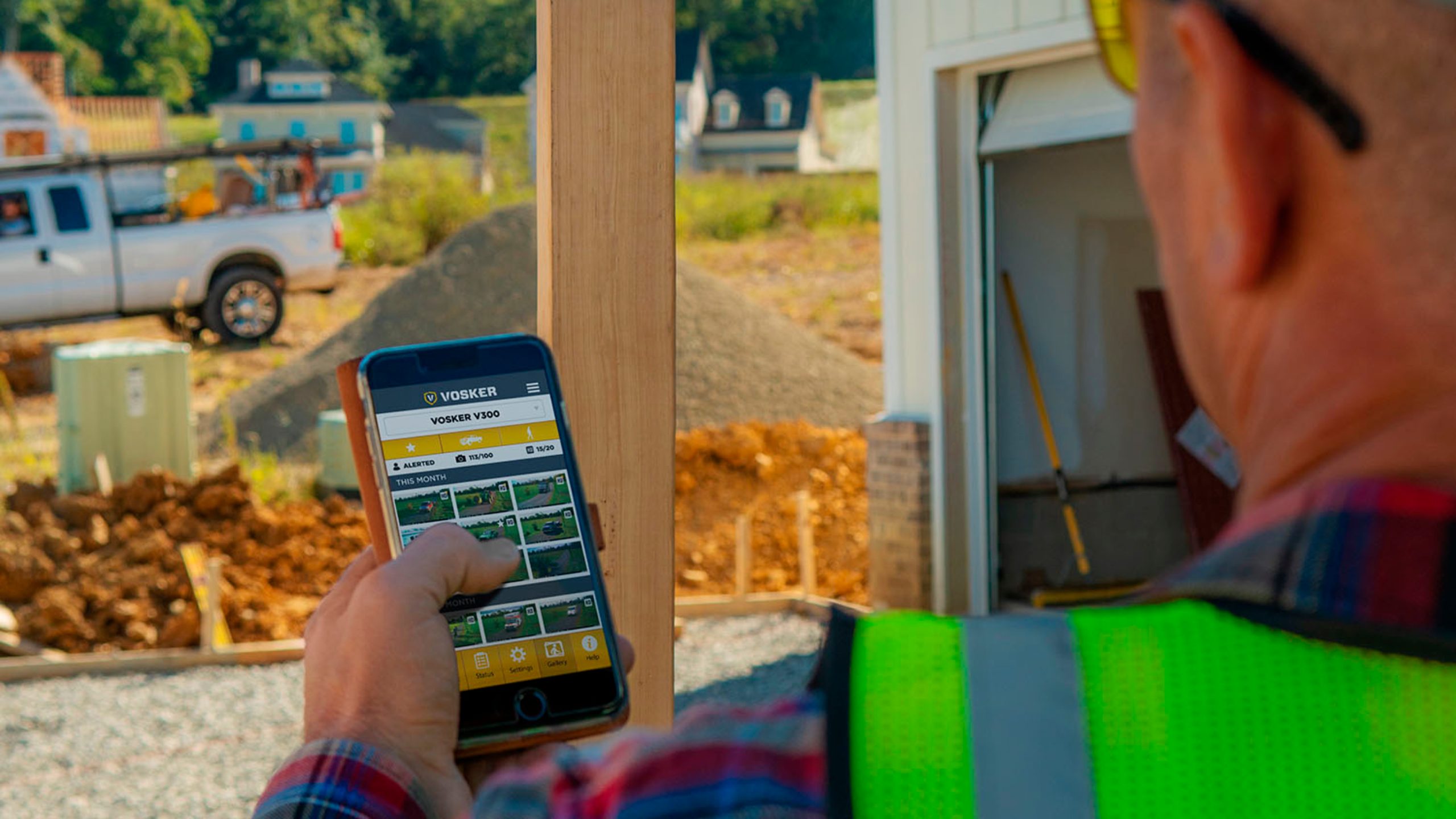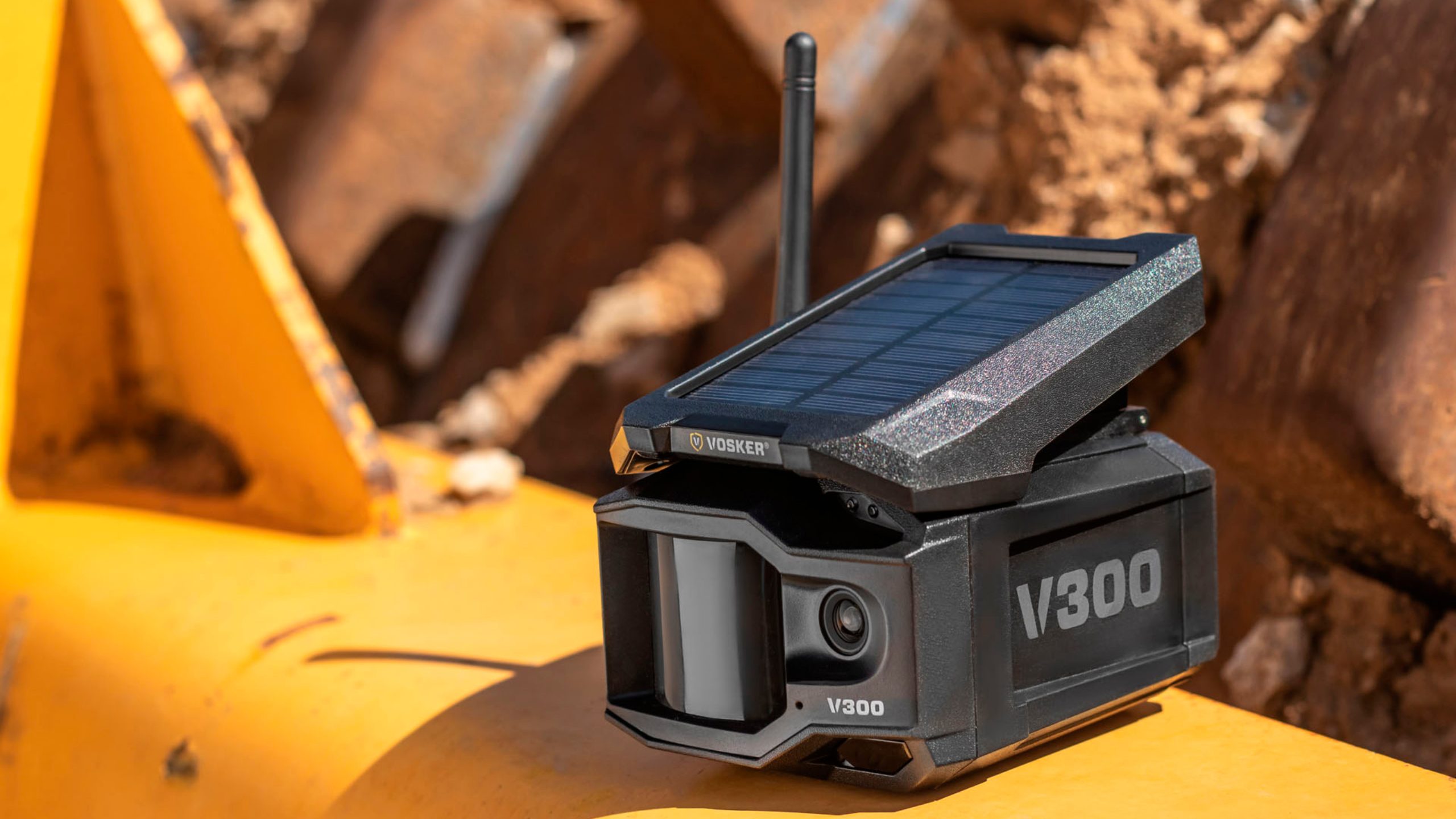5G is broadening its reach across Canada as telecom companies continue to implement the new standard of mobile networking technology.
Chances are when you think of 5G, you immediately think of possible innovations on your smartphone. Although 5G will certainly play a role in improving speeds and connectivity on our phones, we also expect 5G to impact the metaverse. Many tech companies are looking at ways to move into the metaverse, especially retailers.
In a broad sense, 5G can enable a more immersive, interactive digital world within the metaverse. As part of this, retailers are looking at how users can become more invested in the shopping experience within the concept of the metaverse. Theoretically, a user can pop into the metaverse with their avatar, try on digital clothing in real-time and decide whether or not to purchase. Companies such as Adidas, Gucci, Tommy Hilfiger, Nike, and, Louis Vuitton have all begun to set up shop within the metaverse.
However, for this future to become fully realized in the way Meta’s Mark Zuckerberg hopes, further investments into 5G will have to be made. MobileSyrup sat down with the founder of Retail Prophet, Doug Stephens. With over 20 years in the retail industry, Stephens provided some insight into how 5G is set to impact the digital landscape of retail and how likely consumers will adopt the metaverse.
Question: For the uninitiated, can you talk about Retail Prophet and the work you’re doing to impact this new era of retail?
Doug Stephens: For the last 14 years now, Retail Prophet as a consultancy has positioned itself really at the intersection of changes in economics, demographics, technology and the media landscape. We’re also exploring how those changes are likely to affect the retail industry as well as consumer behaviour en-mass. We’re always tracking developments in the relationship between consumers and technology, and obviously, between businesses and consumers in the media landscape. Discussions of the metaverse kind of fall squarely into the crosshairs of what we look at on an ongoing basis.
Q: With an extensive background in retail, especially in a digital space, when did you first begin taking notice of 5G and what it may offer?
Stephens: I think that we have all felt, regardless of whether we’re a retailer, a consumer, or an analyst, that Web 2.0 took us a long way. Though, in terms of making the internet more of a conversation, certainly more interactive, and more engaging through various media forums, I think that we have all felt that there’s still a long way to go.
In terms of the ability to turn the internet, as we know it today, into something that becomes more immersive, more physically engaging, less about text and images and more about tangible experiences within the internet. I think that we’ve all sort of felt this tension like we’re close, but we’re not there yet. At the same time, we’ve also recognized that full-fledged economies and communities have been built out of worlds like the gaming world where the ability to relate to one another in a more immersive setting can actually produce economics. It can also produce a social layer where people can actually begin to form relationships through these experiences.
What we have needed is a better transit system, if you will, with regard to how we convey these sorts of experiences. We’ve also needed a host of new technologies and protocols to kind of come together to allow us to achieve that reality. I think we’re on the cusp of that now. 5G is a big part of it.
Q: From a top-down view, how do you see the metaverse transforming the way we shop?
Stephens: If we sort of look at where we are today, with online shopping, I think that we would all agree that for the most part, online shopping is a relatively solitary, relatively static and relatively uninspiring endeavour. What we are looking at in most cases is really nothing more than an online catalogue. Have goods that we’re searching for by keyword and purchasing with a couple of clicks. What it isn’t, is something that is collective. It’s certainly not something that is either physically or intellectually engrossing or entertaining. It’s definitely not something that’s very engaging. So 5G is a key to that world in the sense that there are companies that have been exploring the idea of virtual stores that could better replicate the way human beings actually shop. They haven’t been able to be fully articulated because we simply do not have the technology to push these kinds of experiences.
A lot of it comes down to simple things like frame rates. I’ll give you an example. There’s a business that I’ve been following from its inception, called Obsess. It’s a company that builds virtual environments for brands. They build virtual shopping experiences. When I spoke to their founder, she remarked on many occasions about the idea that what we’re seeing today in these CGI virtual environments, is really not as immersive and natural as they will feel. But the problem is, that we just simply can’t push data fast enough through the devices that we have on hand today to make this feel real. It still feels animated, it still feels out of sync with our sensibilities when we’re having virtual experiences.
The advent of 5G will give us the capability to push down enough data fast enough that we can remove a lot of the latency from those experiences. The advent of 5G in particular, is going to allow us now to turn the corner on Web 3.0, where all of a sudden now things start looking like catalogues online and begin feeling more like genuine experiences.
Our minds sort of jump immediately to the virtual version of a Walmart or the virtual version of Canada Goose or a Louis Vuitton store. The real promise of this is that we can begin to think about experiences that are not linked to sort of our industrial heritage with retail experiences that can have nothing to do with our current concept of a store but can literally be an entertainment experience that I am shopping from within; that’s really I think the future promise of 5G.
Q: What do you see the big names doing in order to prepare for 5G and the metaverse? Is there a ubiquitous strategy you’re seeing?
Stephens: There’s a lot of exploration going on at the moment. We’re seeing some interesting things. Number one, luxury is leading the charge. Surprisingly, luxury sort of sat out Web 2.0. That’s not happening at all. Now we’ve seen Gucci, Valencia, Balenciaga and others investing real early in creating and at least testing out these sorts of immersive, engaging experiences.
When we talk about retail as it pertains to the metaverse, we immediately begin thinking of virtual experiences, virtual reality, and augmented reality, but I don’t really think that that’s a huge win. For retail, I actually think it’s blockchain. Think about the amount of energy, resources and capital that is put at risk. Through the retail supply chain, the amount of energy that organizations put into ordering, shipping, receiving and the movement of goods and merchandising, the supply and value chains of retail are resource heavy. Blockchain has the potential to make retail supply chains inordinately more effective, more efficient, more cost-effective, less labour intensive, and also more accurate when we come right down to it.
The workhorse of the internet is going to be blockchain. A lot of the confusion around blockchain exists in the business community. When we think of blockchain, we think of cryptocurrency and with obvious good reason to make the association. What a lot of business leaders today don’t understand is that cryptocurrency needs blockchain to exist and function. Blockchain does not need cryptocurrency to exist and function. So we can capture the structural advantages of using blockchain and a blockchain ledger without having to engage in crypto payments. I think from retail, inventory, and supply chain standpoints, blockchain solves a tremendous number of problems.
Q: Do you think shopping within the metaverse will be a boutique way of shopping at first or will there be more of a wide adoption?
Stephens: So I think it was Gartner that said recently, they estimate that by 2026, about one-quarter of us are going to be in the metaverse for one hour a day.
Ultimately, we have to arrive at a place where we have the protocols in place for us to actually have what we consider to be a “capital M” metaverse. You know, I’m sure you guys get as frustrated as I do hearing people talking about the metaverse today as though it is something that exists. When in fact, we don’t even have the technical protocols or the technological horsepower to create the metaverse today.
There are some working components of it. Yes, we have virtual stores and yes, we have augmented reality, blockchain, crypto, etc. Though, we don’t yet have the connective tissue to put all that together into what would be considered a metaverse. 27 tech companies sat down to discuss how we create common platforms and protocols. So, we’re not that far away from it. By the time it actually happens, I think enough people will have had enough sort of preliminary experiences with virtual reality and augmented reality, that it won’t feel completely foreign.
Some of that is going to have to do I think with hardware. Maybe it was Scott Galloway that said this, but, let’s think about the practicality of the metaverse today. I’m walking along in the shopping mall. All of a sudden, I get a message from my friend that says, “Hey, I’m at a Coldplay concert. Why don’t you join me?” And I say, “Yeah, I’ll do that. I’ll teleport into the concert, just give me a second while I pull this massive virtual reality headset out of my briefcase and put it on.” It’s just not practical from a form factor standpoint today to be ubiquitous. I suspect that over the next five to 10 years, we’re going to see a dramatic change in the form factor required whether it’s virtual augmented reality or any other experience. So I think it’ll all come together and it won’t feel weird when it does.
Q: Do you think COVID-19 has impacted the retail industry and the transition towards the metaverse?
Stephens: I think what the pandemic did was it ignited our imaginations around a world where we’re all spending inordinate amounts of time online. We’ve all sort of now felt the drudgery of yet another Zoom meeting, the sort of screen fatigue, and the limitations of Zoom. Additionally, there are things we can’t convey when we’re not in person.
I think it’s not that the technology was new. It’s not even that the concept was new. I mean, Snow Crash came out in 1992 and Neil Stevenson started articulating some of these ideas. What’s new is that we have seen a dystopia where we are all spending massive amounts of time in virtual settings, but without the benefit of the technologies that can make these settings feel more real. Now, as we emerge from the pandemic, money is coming out of this now, and investment is backing away. Crypto is suffering. There’s a rebalancing that’s happening here as well.
I feel as though we’re actually on the backside of the hype curve. We’re sort of approaching really quickly the “trough of disillusionment” where a lot of these things like Facebook Horizon are going to way undershoot expectations.
Metaverse-related companies may not do so well. But this is when the real advancements happen. It’s actually on that curve of enlightenment now that we’re about to embark on. That’s where we’re going to start to see companies coming to the market with true utility and a practical level of value. It won’t be as much about the fancy virtual store, but I think it’ll be a more practical take on how the metaverse can actually begin to change the fortunes of businesses and consumers.
This interview has been edited for language and clarity.
This article is part of our The Future with 5G Series. A full-length documentary on 5G airs on BBC Earth Canada and MobileSyrup on August 26th.
 This story is sponsored by Bell. MobileSyrup publishes sponsored posts. These partnerships do not influence our editorial content.
This story is sponsored by Bell. MobileSyrup publishes sponsored posts. These partnerships do not influence our editorial content.

























